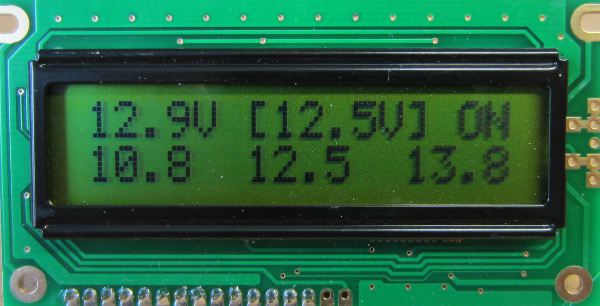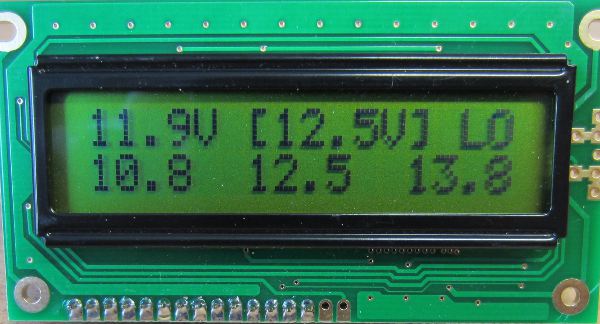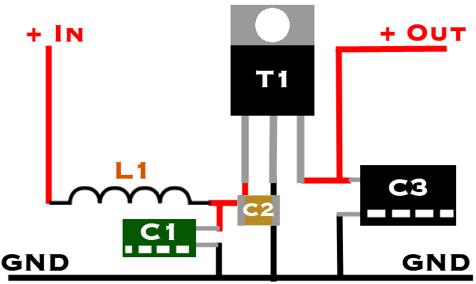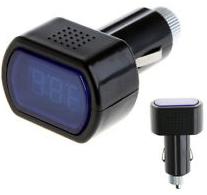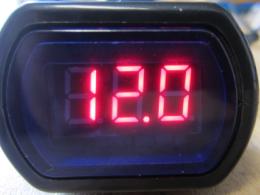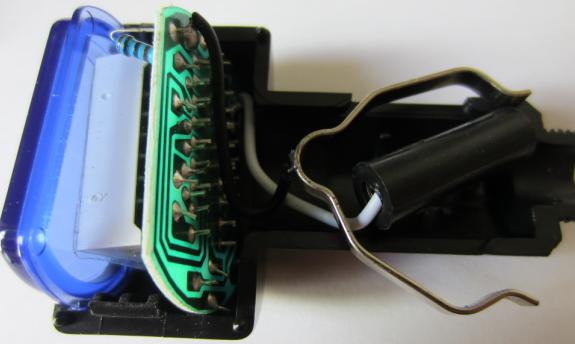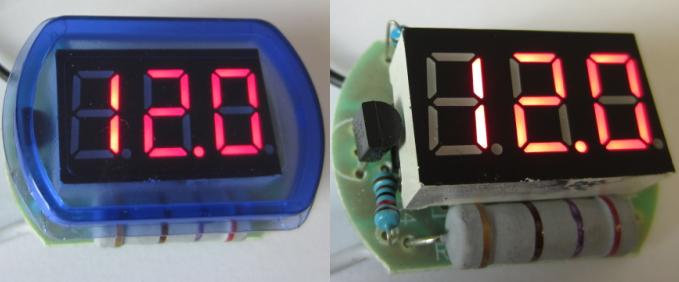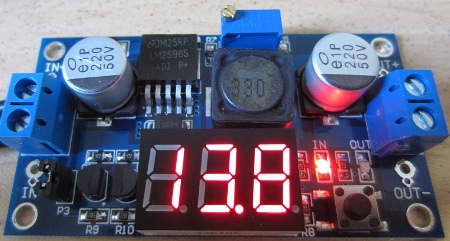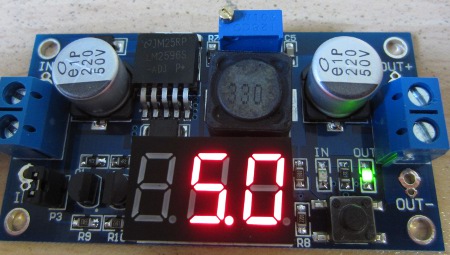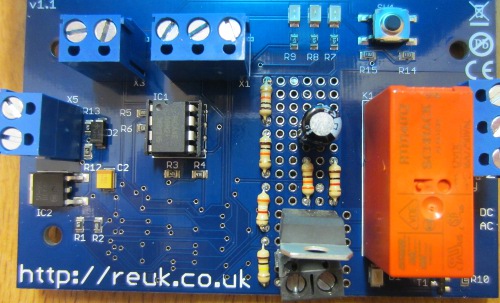We supply a lot of low dropout 12V regulators – primarily for use with LED lighting when powered from 12V batteries (particularly in vehicles) to get a clean 12.0V output. These regulators are limited to around 0.7 Amps maximum output.
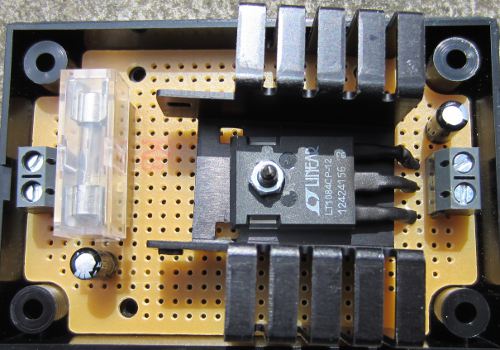
The regulator pictured above is a special order 2 Amp rated low dropout regulator for someone who was unable to split a lighting circuit into multiple lower current circuits for regulation with our standard regulators.
It is based around the LT1084CP-12 low dropout regulator from Linear Technology. This IC is rated to supply up to 5 Amps, but it has a higher maximum rated dropout (the voltage difference between target voltage and input voltage below which output voltage falls below target voltage) than the LM2940 chips we use in our regular 12V regulators – 1.5V compared to just 0.5V with the LM2940. (The recommended minimum input voltage for the LT1084CP-12 is 13.5V.)
This higher dropout will not be a problem in this particular application since a) power will be coming from a vehicle battery – therefore maintained constantly at near full charge and voltage, b) only 2 Amps at most will be drawn from the regulator resulting in a dropout of 1V at most, and c) the output is to power LED lighting so if the voltage of the battery were ever to fall to a low charge level, the lighting would just be a a tiny bit dimmer – no harm done.
Click here for the LT1084CP-12 datasheet for more information, or here to purchase this chip: buy LT1084CP-12.
